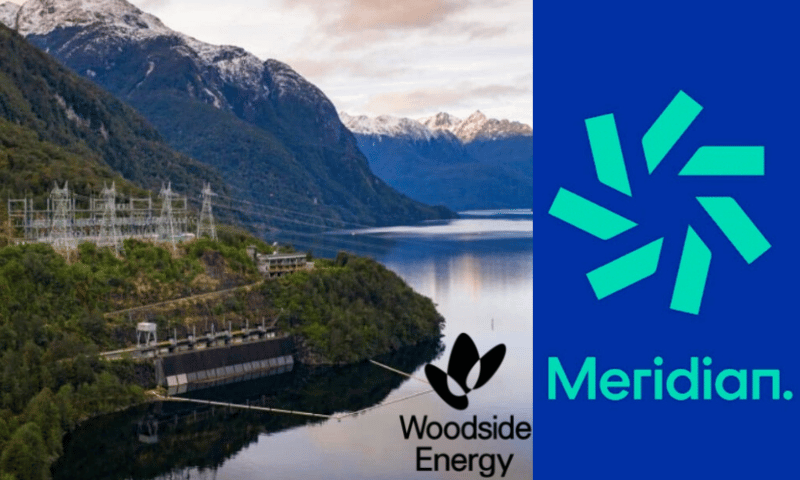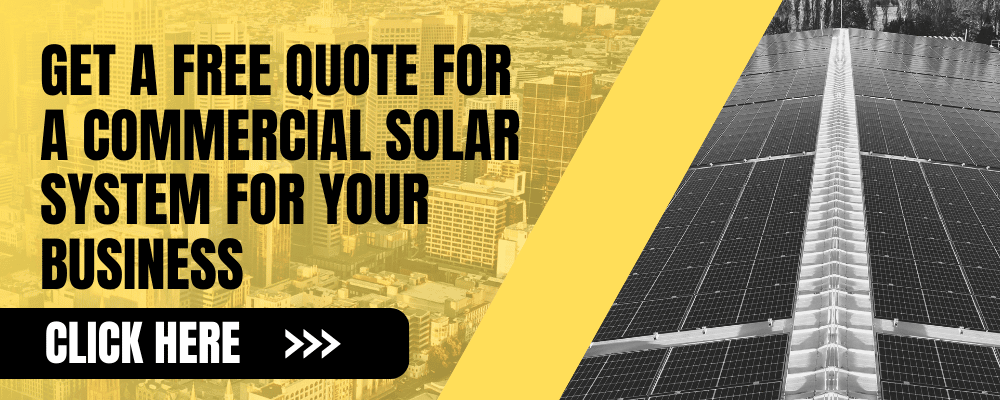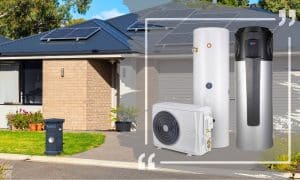Meridian Energy, a New Zealand power company, has chosen Woodside Energy as its preferred partner to move the large Southern Green Hydrogen (SGH) project into the development stage. Woodside was selected after a lengthy competitive bidding process based on its operational capability and experience, as well as its process safety and liquid marketing expertise.
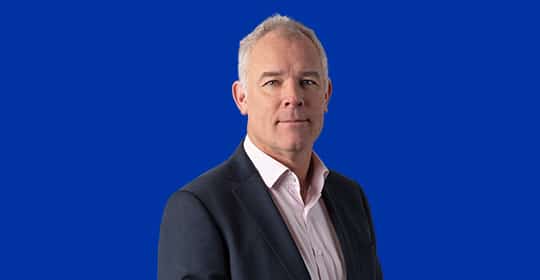 Source&Image: Meridian Energy – Neal Barclay, CEO
Source&Image: Meridian Energy – Neal Barclay, CEO
Meridian Energy Chief Executive Neal Barclay said:
“We believe a large-scale hydrogen and ammonia facility in Southland, focused on the export market, will accelerate the development of a domestic hydrogen economy and strengthen New Zealand’s platform to contributing to decarbonising our transport and industrial sectors.”
“We expect the facility will have the added benefit of being able to provide up to 40% of New Zealand’s dry year flexibility needs to the electricity sector.”
After a list of 80 interested companies was narrowed down to two. Two Australian companies, Woodside and Fortescue Future Industries, were in the final contract negotiations to become the project’s lead developer.
Meridian Energy chose Australia’s Woodside as its preferred partner to deliver the $4.5 billion (USD 3 billion) Southern Green Hydrogen project on New Zealand’s southernmost tip.
Ironically, Woodside’s tender success came on the same day that Fortescue revealed it had hired Fiona Hicks, the head of Woodside’s Australian operations, as the new CEO of the parent firm Fortescue Metals.
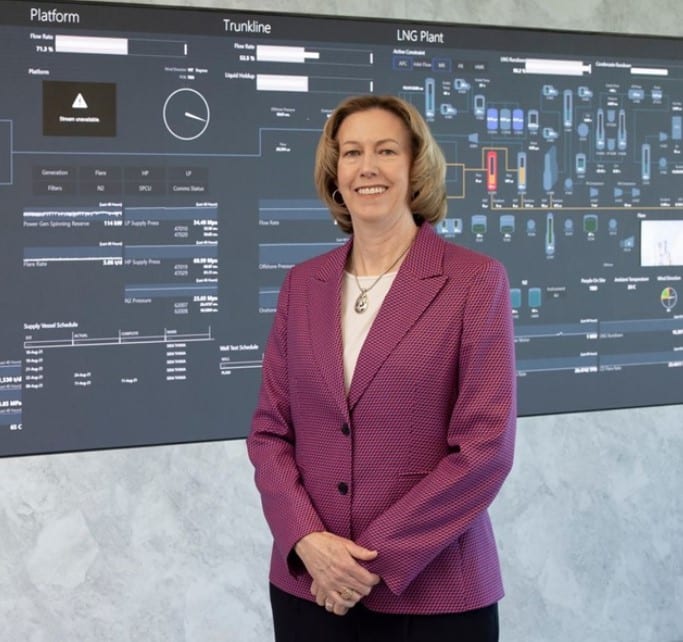 Image: Woodside Energy, CEO&Managing Director, Meg O’Neill
Image: Woodside Energy, CEO&Managing Director, Meg O’Neill
Woodside CEO and Managing Director Meg O’Neill said:
“We are pleased to have been selected as the preferred partner for the proposed SGH project. Woodside brings the technical skill and operations experience to develop this project at a pace to meet customer demand for hydrogen, which we expect to grow in the energy transition. We look forward to working with Meridian and Mitsui to potentially offer this important customer solution both domestically and globally.”
The Japanese conglomerate Mitsui & Co., Ltd. is also in talks to join the project and develop the potential ammonia offtake market, intending to create a world-class collaboration that covers the entire hydrogen and ammonia supply chain. Mitsui has been in the ammonia business for 50 years and has the largest share of ammonia imports into Japan.
Mitsui Chief Operating Officer of Energy Solutions Business Unit Toru Iijima said, “We look forward to working closely with Meridian, Woodside and all the related important stakeholders to develop a large-scale hydrogen and ammonia export project with a view to contributing to Southland, New Zealand and the global market.”
Meridian, Woodside, and Mitsui will begin front-end engineering design on the project once commercial arrangements are finalised.
Meridian and Contact Energy Limited were the original members of SGH. Contact has decided not to continue as a development partner in the project’s next phase but has expressed interest in supporting the project as a potential electricity supplier.
Contact us today for up to 3 FREE quotations from commercial solar firms we’ve pre-qualified and vetted for their track record of delivering the best business solar systems in Australia. Get your free quotes today!
Southern Green Hydrogen (SGH) at a glance
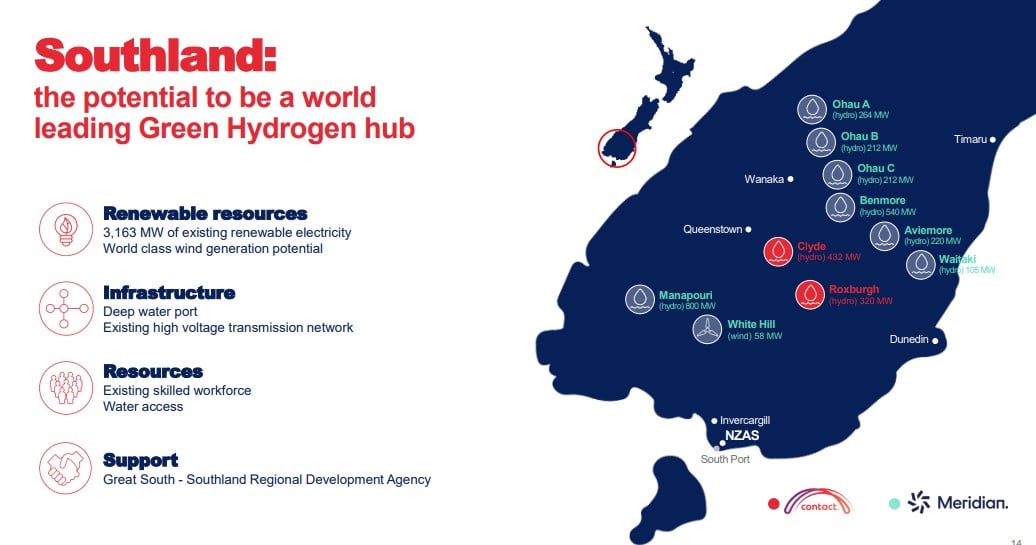 Source&Image: Meridian Energy
Source&Image: Meridian Energy
Meridian Energy, a New Zealand electricity-producing company, proposed to build a large-scale green hydrogen production and export facility in the Southland region, using renewable energy from the existing 800 MW Manapouri hydroelectric power station.
Manapōuri is the largest hydropower station on South Island. And is located on the edge of Lake Manapōuri’s West Arm in the Fiordland National Park, which has UNESCO World Heritage status as part of Te Wahipounamu.
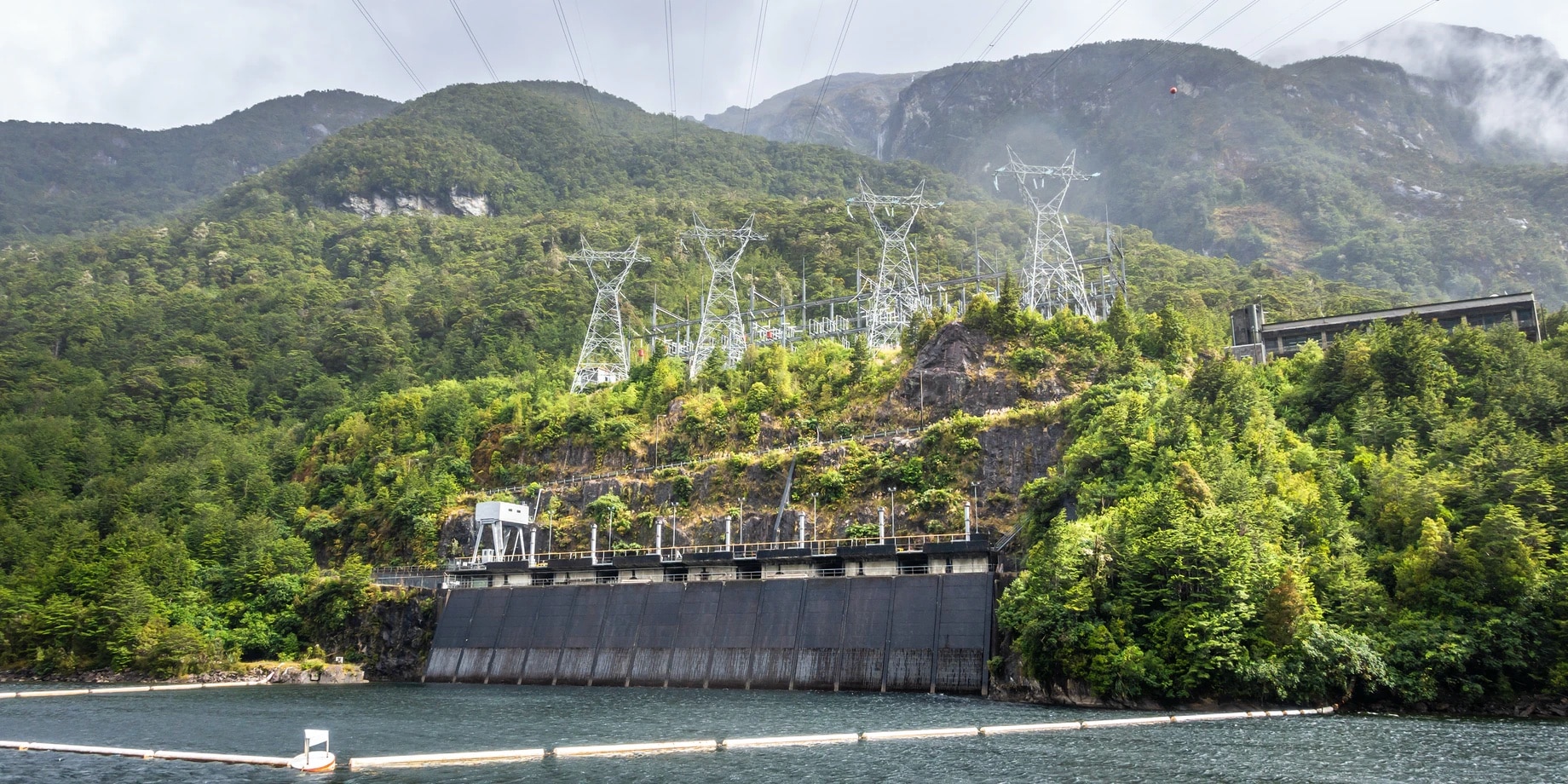
Image: Meridian, Manapōuri hydroelectric power station
The closure of the smelter, which is majority-owned by Anglo-Australian mining giant Rio Tinto, would free up an estimated 438 GWh of renewable energy each year, which Meridian and Contact Energy Limited intended to repurpose into the developing green hydrogen industry. As previously stated, Contact has decided not to continue as a development partner in the project’s next phase but has expressed interest in assisting the project as a possible electricity supplier.
Manapouri, New Zealand’s largest hydroelectric generator, currently supplies the Tiwai Point Aluminium Smelter, which consumes about 12% of New Zealand’s electricity. This supply arrangement will end in December 2024.
The proposed project aims to construct a 600 MW facility that uses Meridian’s Manapouri hydro scheme to power hydrogen electrolysers, with an annual output of 500,000 tonnes of ammonia. Technical work on the facility continues in tandem with the design of the project’s commercial structure. Options for supplying hydrogen and ammonia to the domestic market and the potential for ammonia export to Asia and Europe will be evaluated.
Energy Matters has been a leader in the renewable energy industry since 2005. We can connect you with our trusted local installers, who will provide up to 3 FREE soolar quotes for your home and business solar energy system. Complete our quick quiz and begin your solar journey today!











